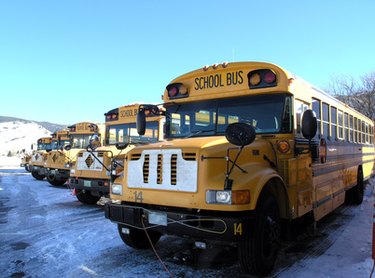
Transportation systems are a fundamental part of logistics and planning whenever vehicles are used to move people or items from one location to another. They allow people to get to work on time using the local bus or train service, and they allow airlines to tell their customers when they can expect an airplane to arrive at its destination.
Basic Definition
At its most basic, the term “transportation system” is used to refer to the equipment and logistics of transporting passengers and goods. It covers movement by all forms of transport, from cars and buses to boats, aircraft and even space travel. Transportation systems are employed in troop movement logistics and planning, as well as in running the local school bus service.
Function
The purpose of a transportation system is to coordinate the movement of people, goods and vehicles in order to utilize routes most efficiently. When implemented, transportation systems seek to reduce transport costs and improve delivery times through effective timetabling and route management. Periodic re-evaluations and the development of alternative routes allow for timely changes to the transportation system in order to maintain efficiency.
Features
A standard transportation system will usually feature multiple timetables designed to inform the user of where each vehicle in the fleet is expected to be at any given point in time. These timetables are developed alongside an array of route plans designed to coordinate vehicle movements in a way that prevents bottlenecks in any one location.
Benefits
The main benefit of implementing a transportation system is delivery of goods and personnel to their destinations in a timely manner. This in turn increases the efficiency of vehicle use, as the same vehicle can be used for “multi-drop” jobs, such as bus services or home delivery networks, far more effectively when their routes are planned in advance rather than being generated “on the fly.”
Size
Transportation systems are developed in a wide variety of sizes. Local transport networks spanning the bus network for a city and its suburbs are common, as are country-wide delivery networks for haulage firms. Airlines use international transportation systems to coordinate their flights. The larger the distance being covered, the more effective the use of vehicles when a transportation system is used.